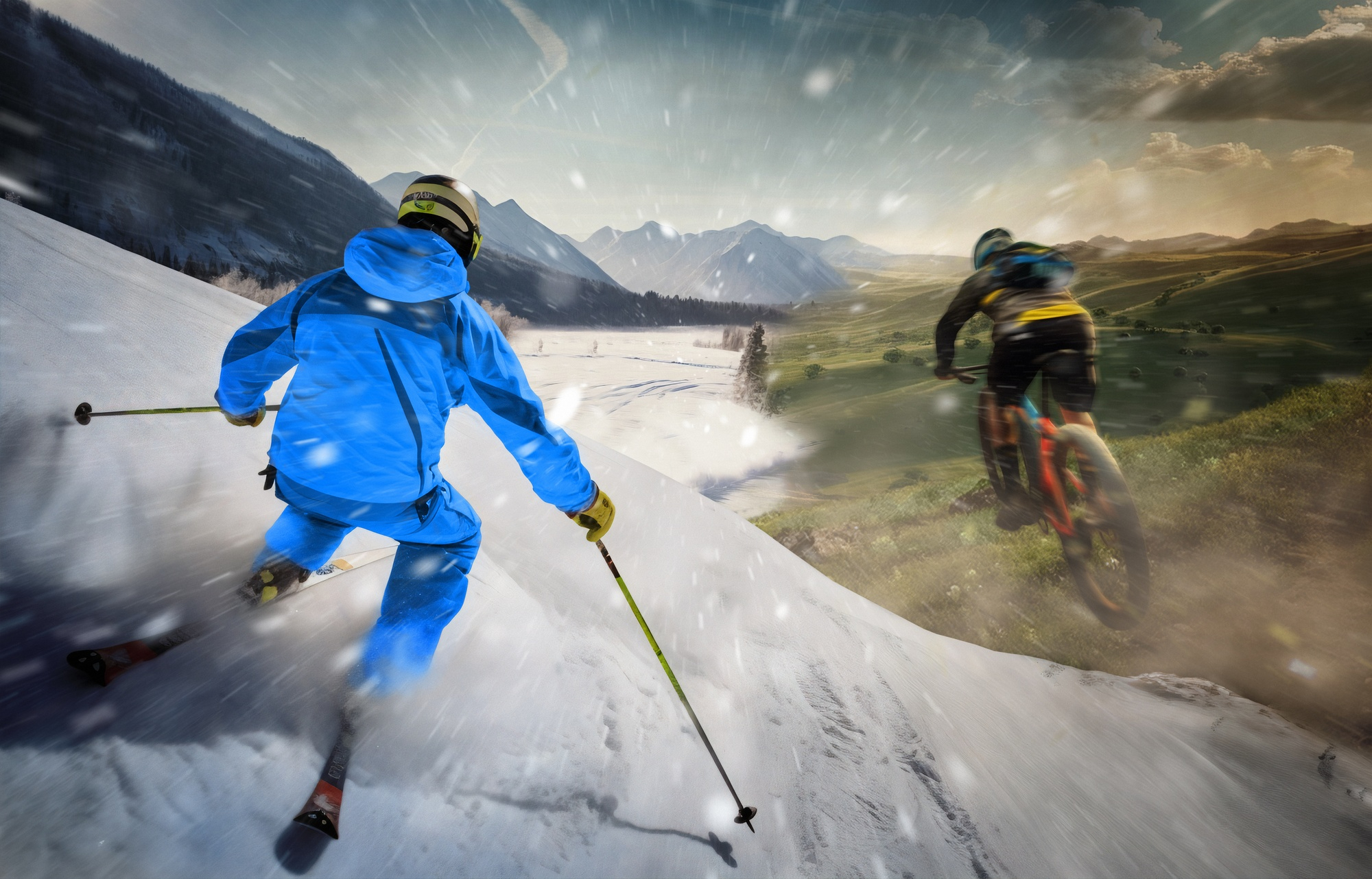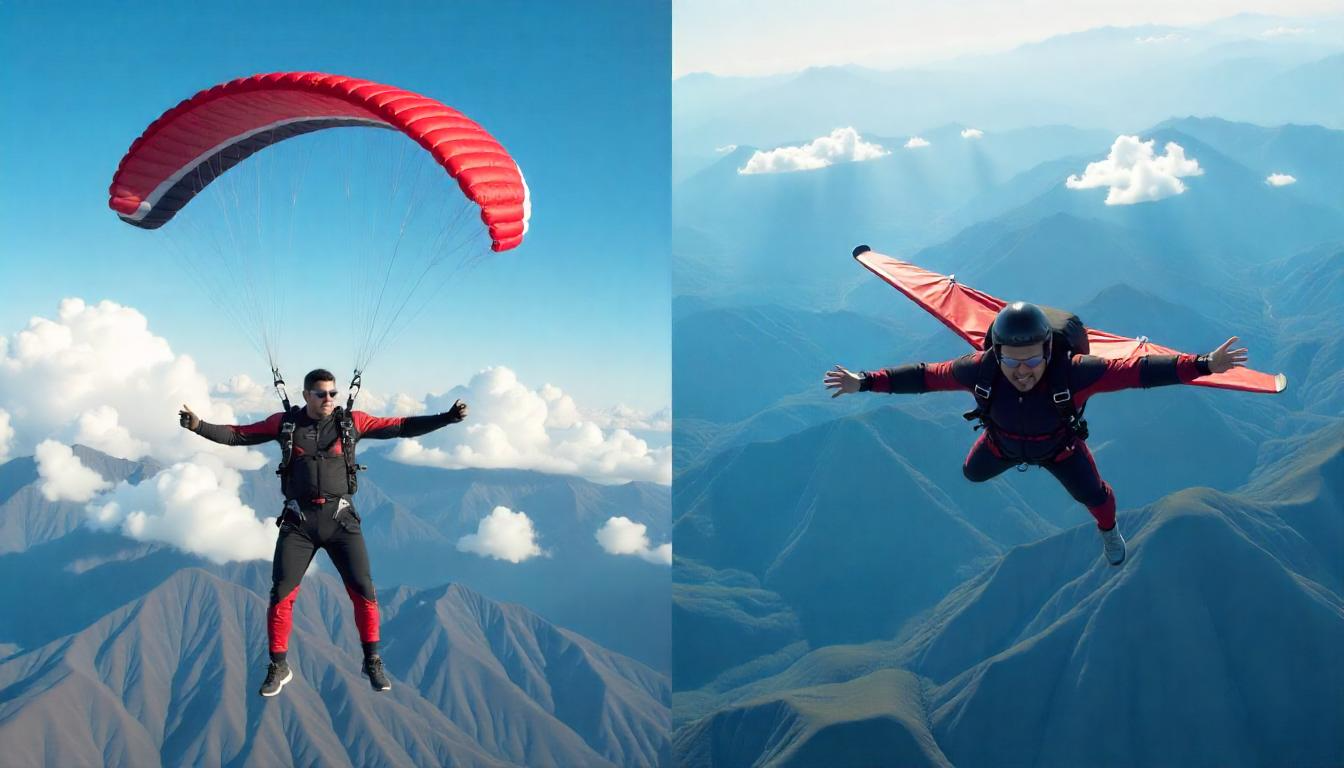Extreme sports have increasingly captivated both those who watch and those who participate, offering thrilling experiences that push the boundaries of human ability and courage. These adventure sports are often defined by their heightened levels of risk and excitement, appealing to individuals who crave adventure and seek challenges that test their physical and mental limits. Over the years, extreme sports have evolved to encompass a diverse array of activities, attracting millions of enthusiasts around the globe who are eager to take part in these thrill-seeking, adrenaline-fueled endeavors.
Whether it’s the serene yet intense practice of riding the waves while surfing or the exhilarating rush of free-falling from an airplane while skydiving, extreme sports go beyond mere pastimes for many individuals; they represent a way of life and a passionate commitment to experiencing the extraordinary. Each sport comes with its own unique set of techniques, equipment, and skills, making them both challenging and rewarding for those who engage in them. This article seeks to explore some of the most popular extreme sports, focusing on their distinct characteristics, cultural significance, and the risks involved with these thrilling activities. By examining these elements, it is possible to gain a deeper understanding of what draws people to extreme sports and why these pursuits have become so deeply embedded in the fabric of various communities. Through this exploration, one can truly appreciate the allure of extreme sports and the motivations that drive enthusiasts—often referred to as adrenaline junkies—to embrace such heart-racing challenges in their quest for adventure.
Here are 10 extreme sports that are the most popular:
Skydiving
Skydiving stands out as one of the most recognizable extreme sports in the world. This thrilling activity involves jumping from a moving aircraft while soaring high above the ground. As the jumper leaps into the open sky, they experience the intense feeling of free-fall for a few exhilarating seconds. During this moment, they are surrounded by breathtaking views that stretch far into the horizon, adding to the excitement and adrenaline rush that many find irresistible. One significant factor that has contributed to the rising popularity of skydiving is the option of tandem skydiving. In this arrangement, a novice jumper is securely attached to an experienced instructor, allowing the newcomer to enjoy the adventure while being safely guided through the process. This accessibility has opened up the sport to a wider audience, making it easier for people of various ages and backgrounds to experience the thrill of jumping from an aircraft without needing extensive training beforehand.
In addition to tandem jumps, skydiving includes various events and competitions, such as accuracy landing challenges. These contests highlight the skills necessary for proficient skydiving, as participants demonstrate their ability to land precisely on a target area after free-falling from great heights. The blend of excitement, beauty, and skill involved in skydiving ensures that it remains a captivating sport, drawing in both seasoned enthusiasts and curious newcomers eager to take the plunge into the sky.
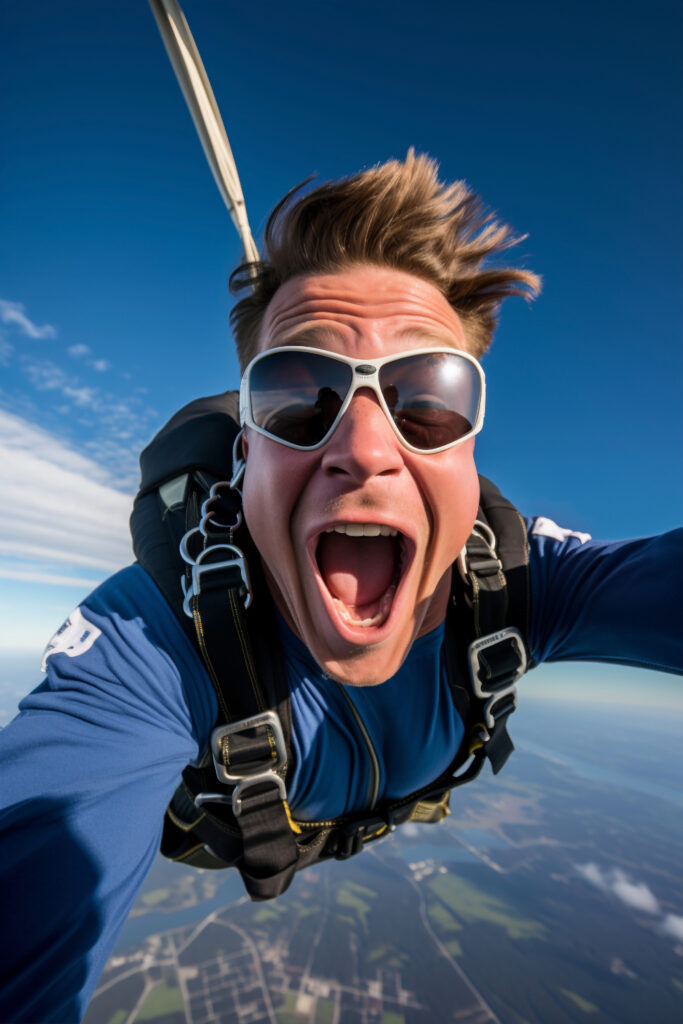
Surfing
Surfing is not merely a sport; it represents a vibrant cultural phenomenon that revolves around the vastness and beauty of the ocean. Participants, known as surfers, skillfully ride waves while standing on a board, showcasing their ability to navigate the ever-changing dynamics of water. This activity is deeply connected to nature, offering surfers a unique way to experience the ocean’s power and tranquility. The allure of surfing extends beyond just riding waves; it lies in the personal challenge of adapting to various wave conditions, which can range from small, gentle swells to towering, powerful breaks. Moreover, surfing fosters a strong sense of community among those who partake in it. Surfers mostly gather at famous beaches, sharing tips, stories, and camaraderie. This mutual respect and bond create friendships that transcend geographic boundaries, connecting individuals from different backgrounds through a shared love of the sea. Many surfers travel to renowned locations such as Hawaii, California, and Australia, which are celebrated for their world-class waves. These destinations attract aspiring surfers throughout the year, drawn by the promise of adventure and the thrill of riding exceptional waves.
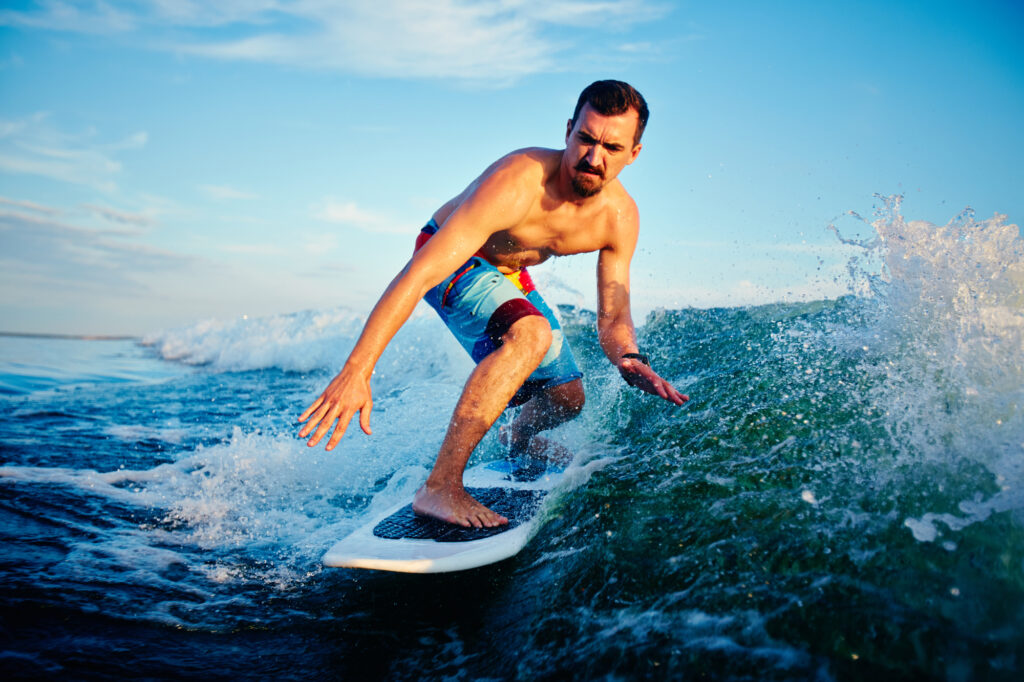
The competitive side of surfing is highlighted through events like the World Surf League. This league showcases the talents of professional surfers as they face off in various competitions, pushing their skills to the limit while striving for excellence. These contests not only elevate the sport but also inspire newcomers to pursue their passion for surfing. Overall, surfing encapsulates a lifestyle that intertwines personal growth, an appreciation for nature, and a cohesive community spirit.
Snowboarding
Snowboarding is an exciting winter sport that has experienced remarkable growth since it first emerged in the 1960s and 1970s. In this sport, athletes, known as snowboarders, navigate down snow-covered mountains using a single wide board attached to their feet. Snowboarding is not just about going downhill; it involves performing various techniques, tricks, and stunts that can truly captivate and entertain spectators during competitions. The sport gained even more recognition when it was included in the Olympic Games, helping to affirm its reputation as one of the leading extreme sports worldwide. Snowboarding encompasses several styles, each allowing riders to demonstrate their unique skills and creativity. One popular style is freestyle, which focuses on performing tricks, jumps, and other acrobatic moves on different terrains, including halfpipes and rail slides. This style attracts many fans due to the thrilling and visually striking performances. Another popular style is alpine snowboarding, which emphasizes racing down the slopes at high speeds and carving sharp turns. This aspect of snowboarding highlights the technical precision that skilled riders achieve.
The variety in styles makes snowboarding appealing to a wide range of people, from those who enjoy the adrenaline rush of high-speed runs to those captivated by the artistry of tricks and stunts. As a result, snowboarding has developed a diverse following, with enthusiasts of all ages and backgrounds participating in the sport. The blend of excitement, skill, and creativity in snowboarding has solidified its position as a major attraction in winter sports and continues to inspire new generations of riders.
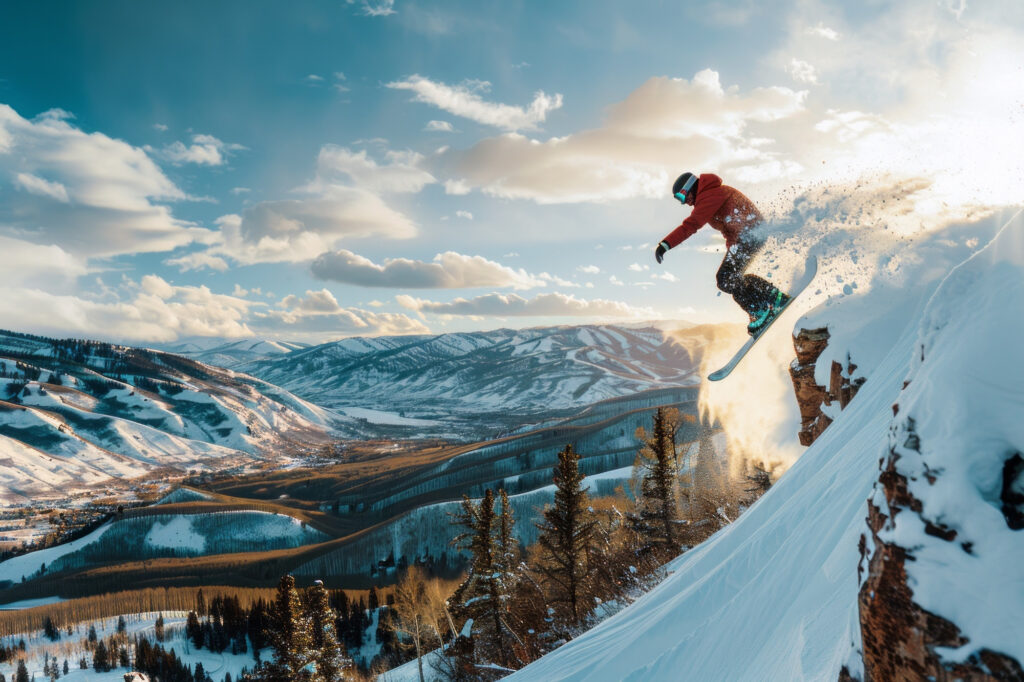
BMX Riding
BMX riding, which stands for Bicycle Motocross, is an exciting sport that mixes speed, competition, and creativity. It includes two styles: racing and freestyle. In BMX racing, riders compete on specially designed tracks that feature a variety of jumps, sharp corners, and different kinds of obstacles. These tracks can be very challenging, testing the speed and skill of the riders as they navigate through each twist and turn. On other hand, freestyle BMX mainly focuses on tricks and stunts performed on the bikes. Freestyle riders often showcase their skills in skate parks or urban environments, where they can use ramps, rails, and other features to perform impressive maneuvers. This part of BMX riding emphasizes creativity, as riders come up with new and unique tricks to express their style and talent.
BMX has developed a loyal fan base over the years. Events like the X Games and other competitions highlight the best riders, giving them a stage to show off their abilities and innovative tricks. These competitions not only bring together top talents but also inspire new riders to take part in the sport. BMX riding is, at its heart, an extreme sport. It encourages participants to express themselves and connect with others who share their passion. Whether racing against the clock or performing jaw-dropping stunts, BMX riders celebrate freedom, individuality, and community. The sport continues to grow, attracting more enthusiasts and fostering a vibrant culture around riding.

Rock Climbing
Rock climbing is a thrilling activity that combines physical effort with mental challenges, attracting adventure seekers to a wide range of indoor climbing gyms and natural rock formations around the globe. There are different styles of climbing that cater to various skill levels and preferences. One popular style is bouldering, where climbers tackle short, challenging climbs without the use of ropes for safety. This type of climbing relies heavily on strength and technique, as the climbs are typically done at lower heights. Another common form is sport climbing, which incorporates fixed anchors, such as bolts, for safety. Climbers clip their harness to these anchors as they ascend, making it a safer choice for those looking to climb higher. There is also the classic placement of cams and nuts in the rock as the climber ascends. This requires knowledge of gear placement and an understanding of the rock’s features, making it a more technical and skill-dependent style.
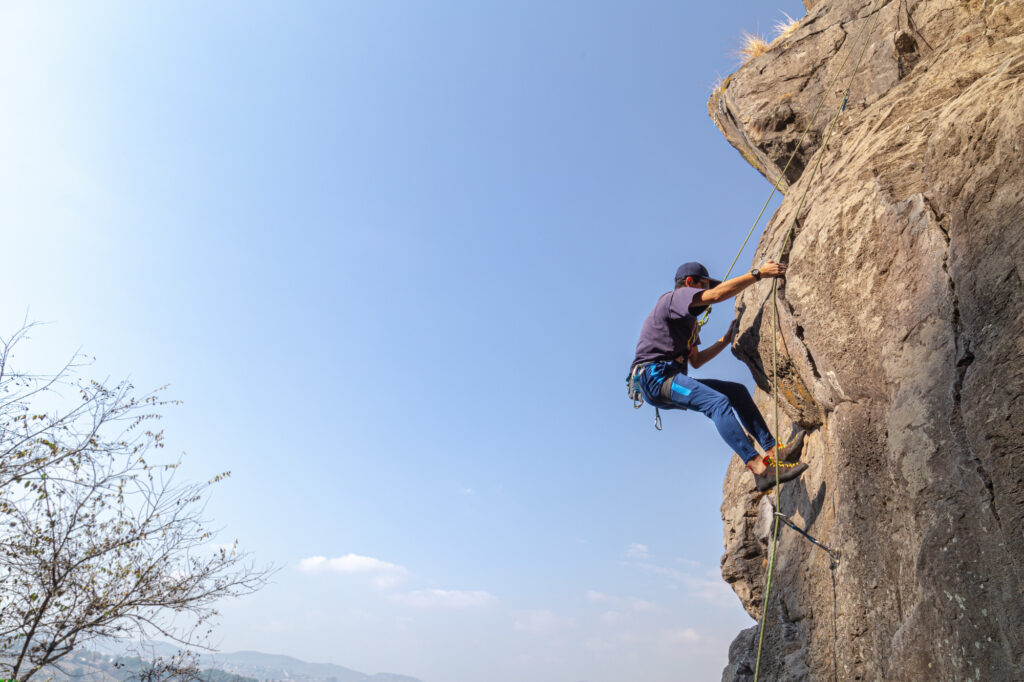
The sport of rock climbing calls for more than just physical strength; it also tests climbers’ agility, balance, and endurance. The mental aspect is equally important, as climbers must think critically and strategically to solve problems presented by each route or boulder. Planning the best approach to a climb, anticipating moves, and calculating risk factors are essential for success. Recently, climbing gained international recognition with its inclusion in the Olympic Games, which has significantly boosted its popularity. More people are discovering the excitement and satisfaction that comes with reaching the top of a challenging climb, whether indoors or outdoors. As a result, climbing communities are growing rapidly, and both beginners and experienced climbers are coming together to share their passion for this engaging sport.
Paragliding
Paragliding is an exciting activity that enables any person to feel like he or she is flying. This form of free flight involves the launch of a lightweight wing, which is also known as a canopy, from a high point, such as a hill or mountain. When paragliders take off, they become airborne and glide gracefully through the sky, offering them breathtaking views of the landscape below. As they soar among the clouds, participants are securely harnessed to the parachute-like wing, which provides both safety and stability during their flight. One of the most captivating aspects of paragliding is the unique combination of excitement and peace it offers. The moment of launch brings an adrenaline rush, as pilots step off the edge and feel the sensation of flying. Once in the air, however, many find a calming effect as they float amidst the clouds and enjoy the scenery. This mix of adventure and serenity makes paragliding a popular choice for people who seek thrilling experiences in nature.
Many renowned locations across the globe have become hotspots for paragliding enthusiasts. For instance, the Swiss Alps provide an incredible backdrop with their majestic mountains and picturesque valleys. Similarly, the mountains of California attract many climbers and adventurers year-round, eager to take to the skies. The ideal weather conditions and stunning environments of these regions contribute to their popularity among paragliding fans, who often return season after season to enjoy the excitement of flying.
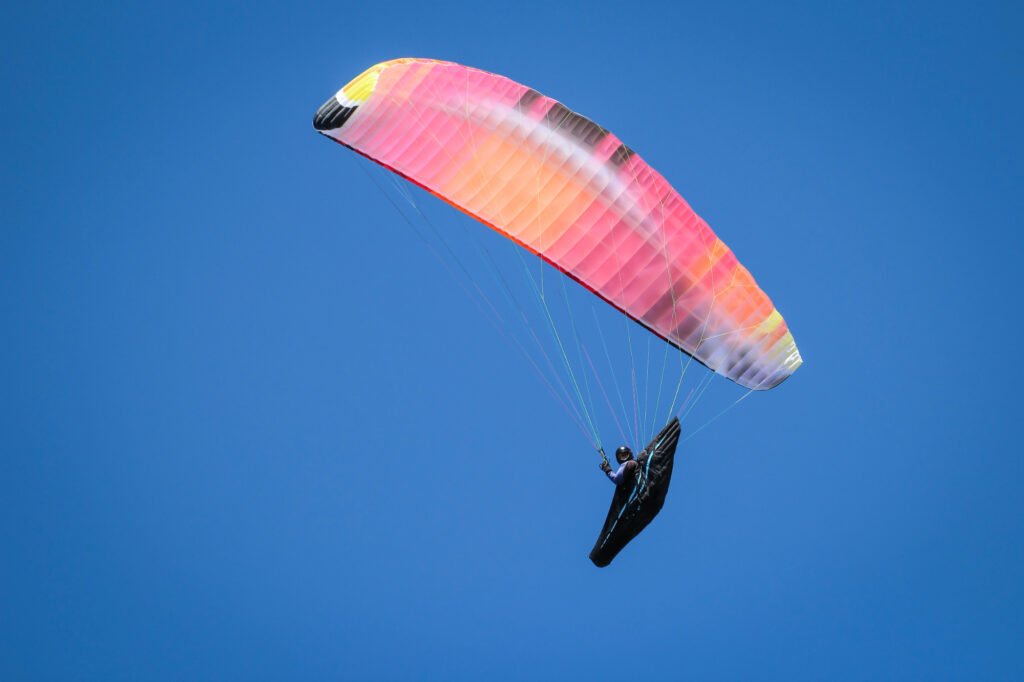
Base Jumping
BASE jumping is an extreme sport that beats the boundaries of adventure and thrill-seeking. It involves jumping from fixed structures such as tall cliffs, buildings, bridges, or antennas and using a parachute to glide safely to the ground. Unlike traditional skydiving, which typically starts with a jump from an aircraft, BASE jumping is unique because it takes place from much lower altitudes, making it more dangerous. The sport is known for its high risk and requires individuals to have a strong background in skydiving before attempting to BASE jump. This foundational training is crucial, as it equips jumpers with the essential skills and knowledge needed to handle unexpected situations that may arise during a jump. The rush of adrenaline that comes from stepping off the edge and free-falling through the air is what draws many enthusiasts to this sport. In the instant they jump into the open air, they feel a scenario of fear, excitement, and exhilaration simultaneously. Successfully completing a BASE jump gives jumpers a profound sense of accomplishment and satisfaction. This unique blend of emotions creates a strong bond among jumpers, fostering a close-knit community where members share their experiences, techniques, and tips for safe jumping.
Despite the many dangers associated with BASE jumping, including the potential for equipment failure, unpredictable weather conditions, and the challenge of navigating landing zones, the passion for the sport continues to grow. Participants often emphasize the importance of preparation and safety, engaging in discussions about best practices and risk management. Ultimately, BASE jumping is not just about the thrill; it is also a lifestyle that involves camaraderie among like-minded adventurers who understand both the risks and the rewards of this high-stakes activity.
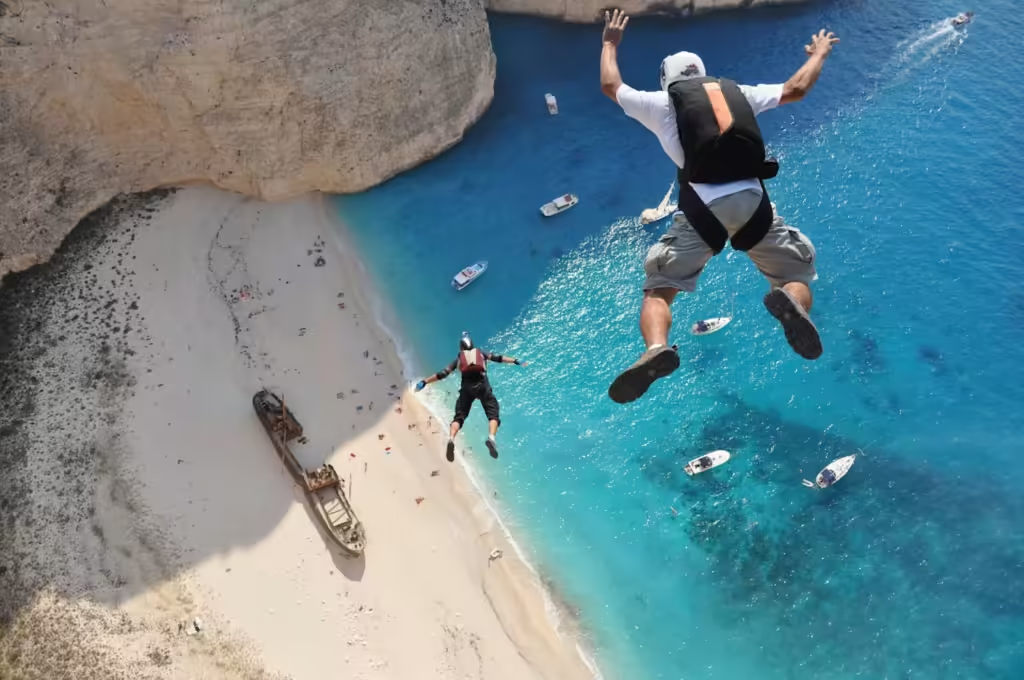
White Water Rafting
White-water rafting is an exciting adventure that invites participants to experience the heart-pounding thrill of navigating through fast-flowing river rapids while aboard an inflatable raft. This activity is not just about riding the waves; it requires participants to work together effectively, communicate clearly, and display physical stamina to tackle the various challenges presented by the powerful currents and natural obstacles encountered along the way. There are different types of rafting experiences available, which cater to various skill levels and preferences. Guided rafting tours provide an excellent opportunity for those new to the sport to enjoy a more relaxed float down the river, allowing them to take in the scenic beauty and relax on the water. On the other hand, thrill-seekers can opt for challenging Class V rapids, which demand a higher level of skill and endurance to navigate safely.
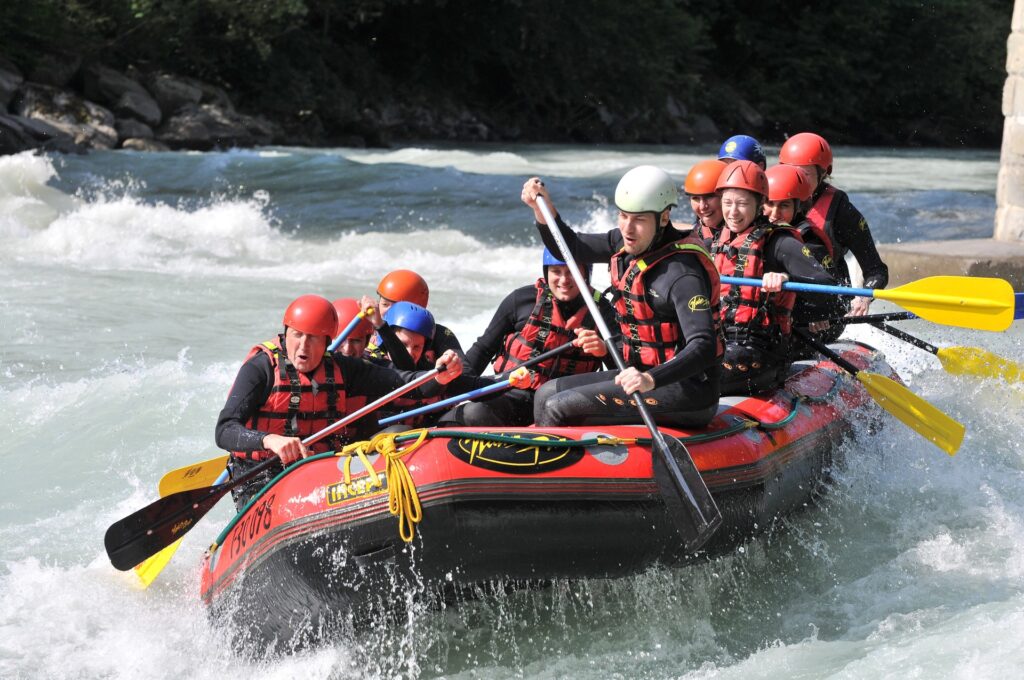
In addition to the physical aspects of white-water rafting, one of the most rewarding elements is the sense of camaraderie that develops among participants. As they face the challenges of the rapids together, they build strong bonds through shared experiences and overcome obstacles. This spirit of teamwork is vital, as every member of the group contributes to the journey’s success, fostering a sense of community and shared adventure that makes the experience even more memorable.
Skateboarding
Skateboarding is much more than just a way to get around; it is a unique blend of art, skill, and athleticism that captivates both riders and spectators alike. Skateboarders navigate their boards with remarkable control, showcasing a wide variety of tricks and stunts that require intense practice and dedication. Whether they are soaring into the air off ramps, grinding along rails, or doing flips and spins, each move is a demonstration of their hard work and talent. Skate parks, which are specially designed areas for skateboarding, provide an ideal environment for these athletes to practice and perform. In addition to skate parks, urban spaces such as streets and plazas serve as vibrant backdrops where skateboarders can explore their creativity and push the limits of their skills. Competitions also play a significant role in the skateboarding community, offering riders the chance to compete and display their abilities while attracting large audiences who admire their feats.
In recent years, skateboarding has gained immense popularity among extreme athletes, evolving from a fringe activity to a well-recognized sport. This shift has been solidified by its inclusion in international events like the Olympics, marking a significant step in bringing skateboarding to a wider audience and gaining acceptance as a legitimate sport. The growth of skateboarding culture has not only elevated its status but has also nurtured dedicated subcultures and communities that support and celebrate skateboarding. These communities are vital for skateboarders, fostering a strong sense of belonging and encouraging individual expression. Skateboarding serves as a powerful outlet for creativity, allowing riders to showcase their personal styles and connect with others who share their passion. This connection goes beyond mere tricks; it creates friendships and support systems that are essential for the evolution of both the sport and its culture. Through skateboarding, riders can express themselves freely while building deep bonds with fellow enthusiasts.

Motocross
Motocross is an exciting sport that involves racing specially designed motorcycles on off-road tracks filled with various jumps and obstacles. These tracks can be found all over the world, and they host hundreds of events each year, drawing large crowds of fans and participants alike. What sets motocross apart from other sports is the combination of elements that makes it both physically demanding and thrilling. Riders need a high level of physical endurance to handle the strenuous demands of racing, as the races can last for a significant amount of time and require intense concentration and stamina. In addition to endurance, racers must possess excellent skills in handling their motorcycles. The ability to navigate sharp turns, tackle steep jumps, and maintain control over rough terrain is essential for success. Each race is filled with strategic maneuvering, as riders must decide when to accelerate, brake, or make risky overtakes to gain an advantage over their competitors. This added layer of strategy makes motocross not only a test of physical ability but also of quick thinking and tactical planning.

The motocross community is vibrant and diverse, filled with riders of all ages and skill levels. Many enthusiasts take part in amateur events, where they can experience the thrill of competition and camaraderie firsthand. Young riders often look up to professional motocross athletes, aiming to follow in their footsteps and compete at higher levels. Supportive relationships among racers, families, and fans contribute to a strong sense of unity within the sport. Whether as participants or spectators, people come together to celebrate their love for motocross, fostering an environment rich with passion and excitement.
Conclusion
The world of extreme sports presents a thrilling combination of excitement, skill, and a sense of belonging. Each individual sport, whether it’s skydiving, surfing, or rock climbing, draws in a wide range of participants who are eager to push their limits and engage in unforgettable experiences. For many, the true allure of these activities lies in the rush of adrenaline that comes from taking risks and facing challenges head-on. Additionally, these risky sports encourage a strong connection to the natural environment and foster a sense of camaraderie among fellow adventurers. As more and more people become interested in these high-energy activities, it becomes increasingly important for them to focus on extreme sports safety measures and proper training. By prioritizing these aspects, participants can ensure they fully enjoy the excitement and joy that extreme sports provide while minimizing the risks involved. This commitment to safety allows athletes to share their passion and experiences with others in a way that is both responsible and rewarding.
